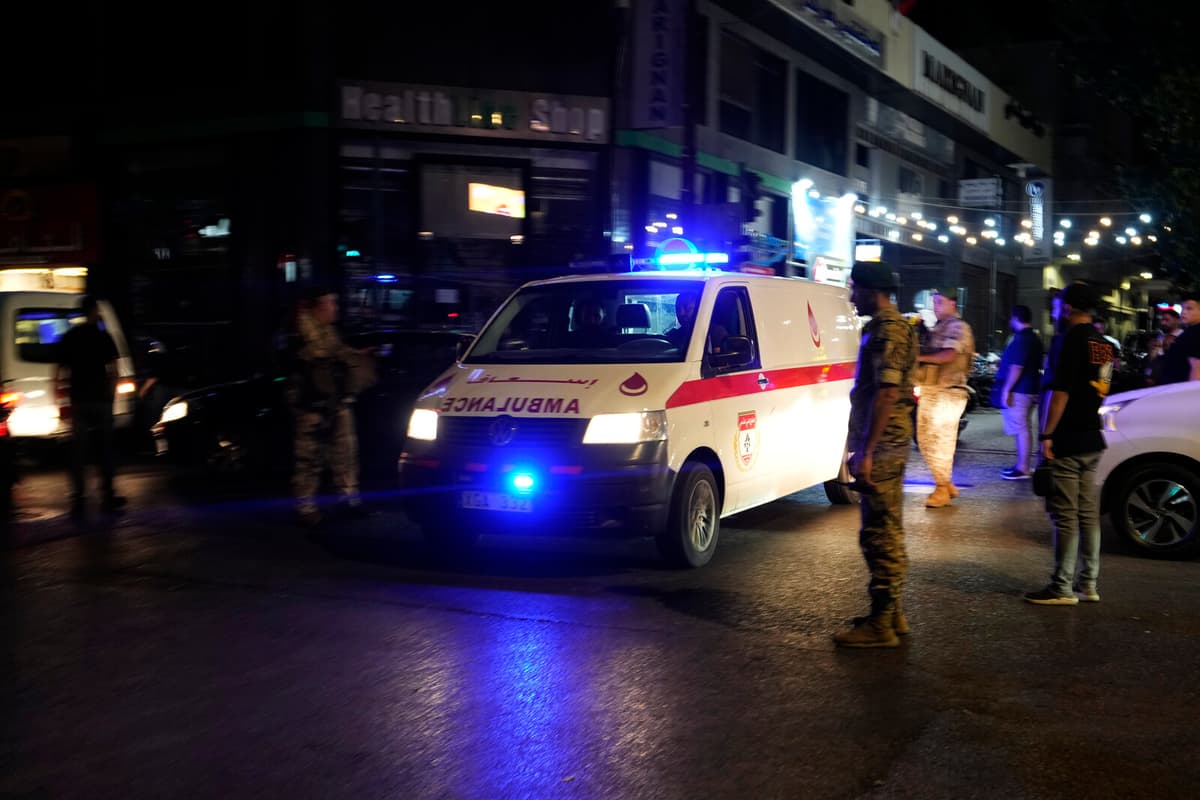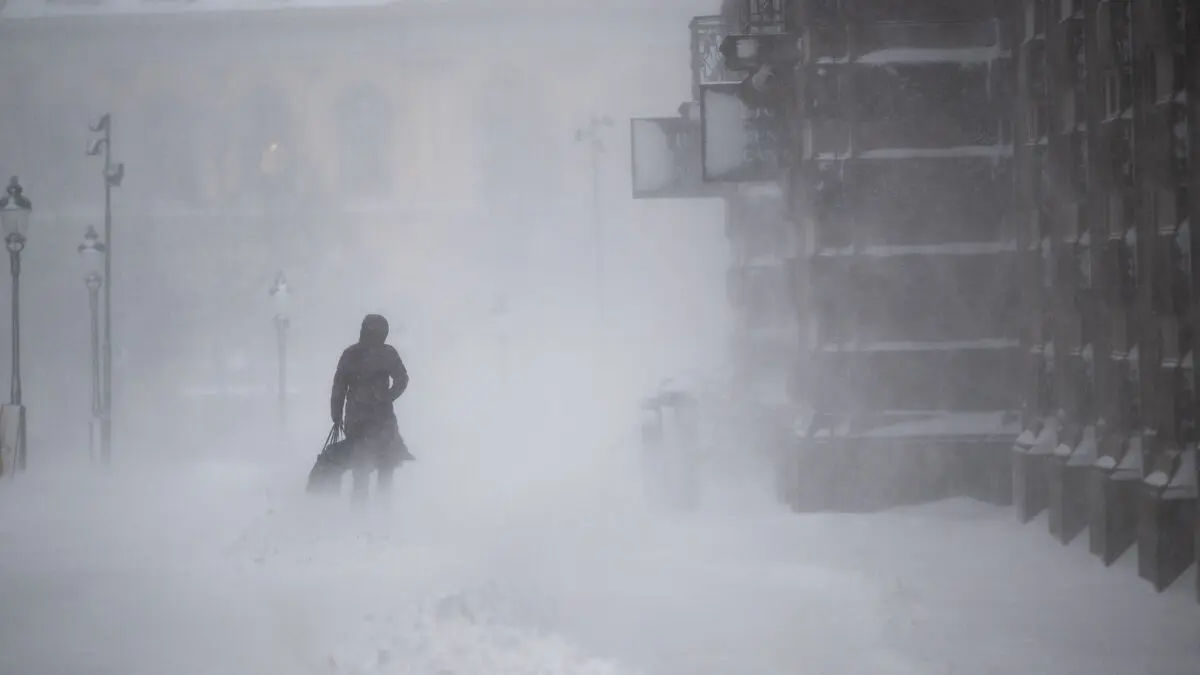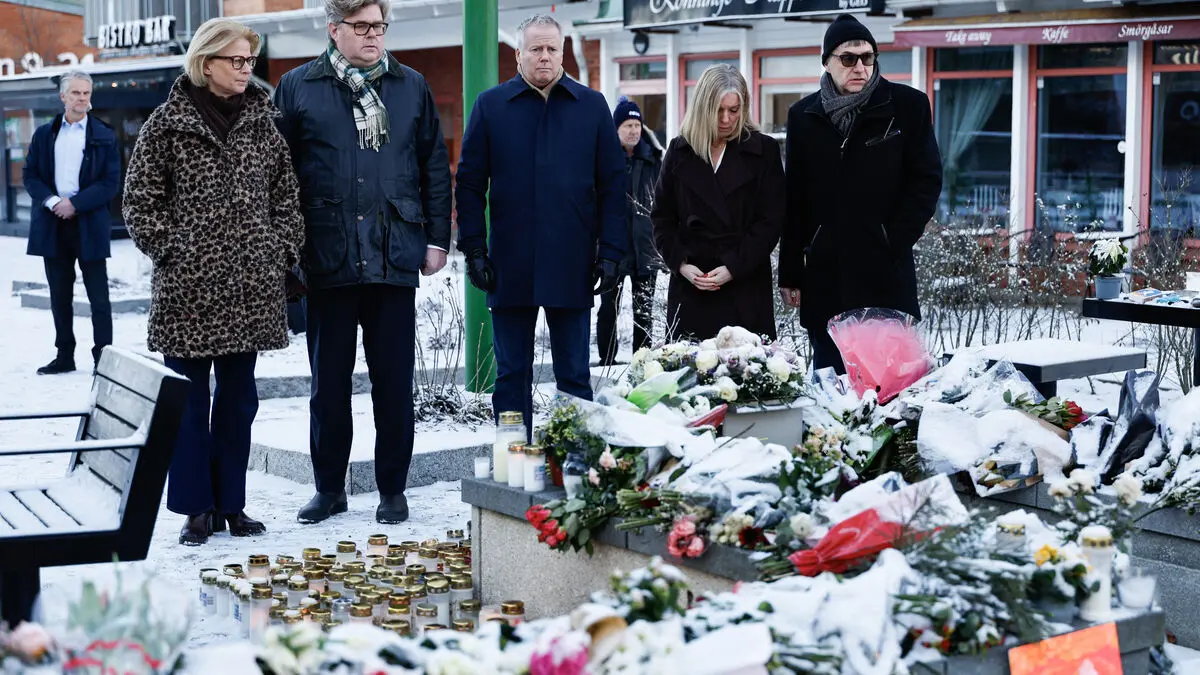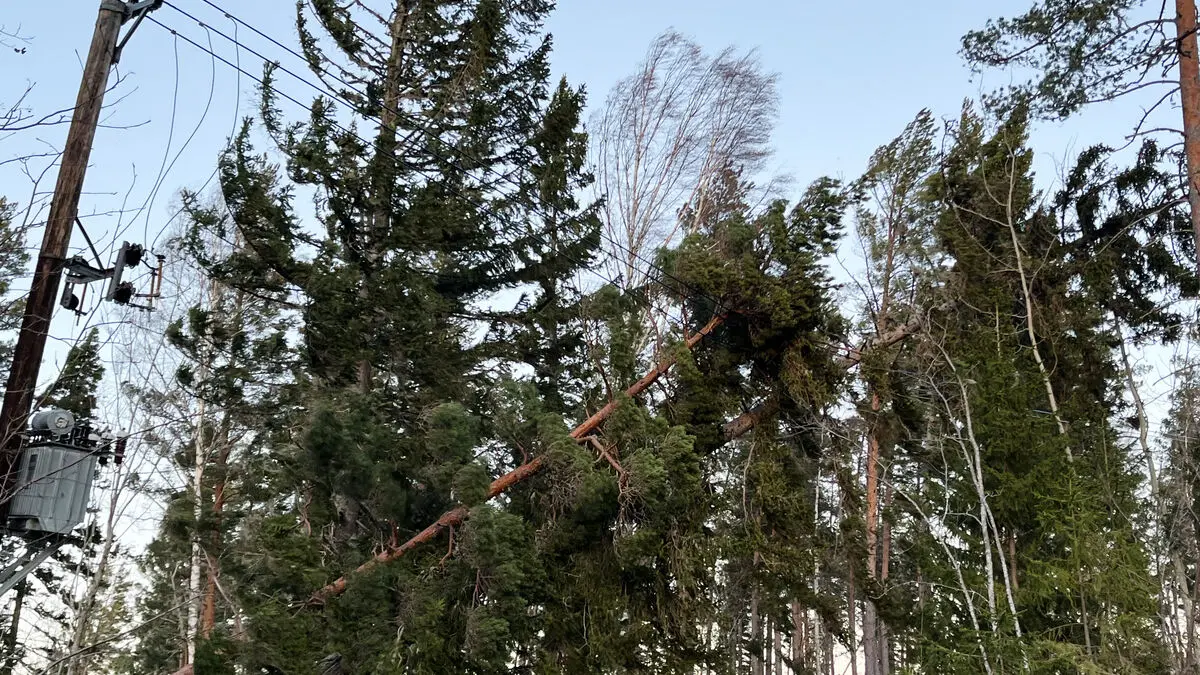Where and when?
The first attack began on Tuesday around 3:30 pm local time. Then, large quantities of personal detectors suddenly exploded, which are said to have belonged to members of the extremist Islamist Hezbollah militia in Lebanon. The explosions occurred simultaneously in several areas of Lebanon, but also in Syria. The majority took place in areas where Hezbollah has strong strongholds, such as in the southern suburbs of Beirut and the Bekaa Valley.
In many places, the explosions occurred in public places in the middle of the afternoon rush, when many people were buying groceries, sitting in cafes, or were in traffic. AP photographers report bloody scenes, panicked people, and overcrowded hospitals.
On Wednesday, a second attack occurred where walkie-talkies exploded, and possibly other types of electronics, according to the country's health department.
According to local authorities, Wednesday's explosions are linked to walkie-talkies used by Hezbollah and are said to have occurred in Beirut and southern and eastern Lebanon. At least one explosion is said to have occurred at a funeral in Beirut for Hezbollah members who were killed on Tuesday.
.
How many are dead and injured?
Lebanon's health department reports that over ten people have been killed in the detector attack. According to sources to AFP, two of the dead are sons of parliament members from Hezbollah's political branch. The sources also report that one of the dead is a little girl who was the daughter of a Hezbollah member.
Among the injured is also Iran's ambassador to Lebanon. In the first attack, a total of 2,750 people were injured, with several hundred seriously.
The walkie-talkies that exploded have killed at least 20 people and injured over 450, according to Lebanon's health department. According to the civil department, about 60 fires broke out in homes and shops after the explosions.
.
Why personal detectors and walkie-talkies?
After the outbreak of war between Palestinian Hamas and Israel last year, Hezbollah, following a call from leader Hassan Nasrallah, has increasingly abandoned smartphones in favor of more old-fashioned communication equipment. In this way, they have hoped to avoid surveillance and tracking, primarily from Israel. Walkie-talkies do not connect to external networks and are difficult to track.
The Taiwanese manufacturer Gold Apollo reports that the manipulated personal detectors did not come from them, but from a company in Europe that had the right to use the company's brand: BAC, based in Budapest, Hungary.
The walkie-talkies that exploded were manufactured by the Japanese company Icom. The company reports that the model that exploded was discontinued ten years ago. Even the batteries in them have stopped being manufactured, but according to a statement from the company, the seal that should guarantee that the products were not counterfeit was missing.
.
How did the explosions occur?
According to Elijah J Magnier, a Brussels-based political risk analyst who AFP interviewed and who has spoken to Hezbollah members whose personal detectors did not explode, a fault message was sent to the detectors. When the detectors started beeping and vibrating, the holders pressed the buttons to stop the signals. Then the explosions occurred due to a small amount of explosives placed inside the detectors.
How the other devices exploded is not clear, but suspicions are directed at new batteries that were installed when the original batteries became worn out.
.
Who is behind the attacks?
Hezbollah accuses Israel's intelligence service Mossad of having hidden explosives in the personal detectors early in the production chain, before the detectors reached Lebanon.
Israel has not commented on any of the attacks publicly, but Defense Minister Yoav Gallant has praised Mossad in general terms for ongoing "operations".
Since the war in Gaza broke out last autumn, Israel and Hezbollah have been attacking each other with military firepower on a daily basis.





